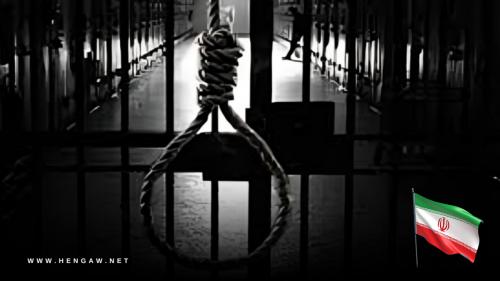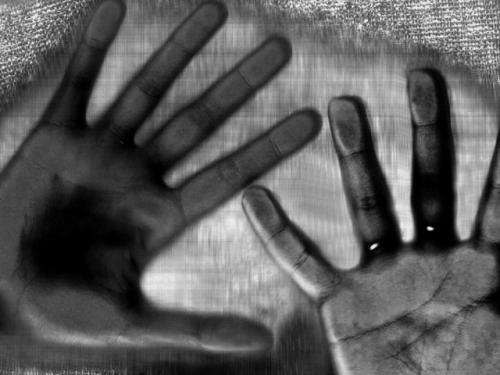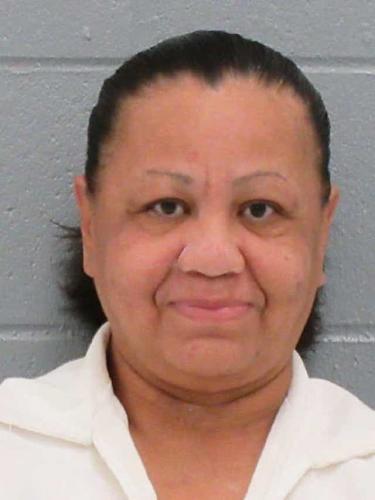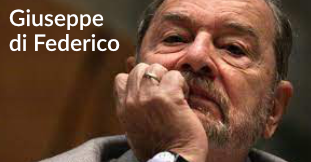10 January 2019 :
Netflix’s 6-episode documentary, The Innocent Man, is based on bestselling novelist John Grisham’s only non-fiction effort, The Innocent Man: Murder and Injustice in a Small Town, published in 2006.
The series, released in December, is directed (and co-created) by Clay Tweel, with Grisham serving as an executive producer. The Innocent Man In the early 1980s, 2 young women were murdered in the small town of Ada, Oklahoma. Four men were railroaded into prison for the killings.
The new miniseries blends interviews with the families of the victims and those of the wrongfully incarcerated men, as well as presenting damning archival footage and testimony from legal experts. Grisham is also one of the central commentators. “If I wrote The Innocent Man as a novel, fiction, folks probably wouldn’t believe it,” he tells the camera. The miniseries opens with the brutal December 1982 murder of 21-year-old Debbie Carter.
Two years later, 24-year-old Denice Haraway was abducted from the convenience store where she worked and later killed. Investigating police officer Dennis Smith, Oklahoma State Bureau of Investigation (OSBI) agent Gary Rogers and District Attorney Bill Peterson are the key figures in both cases. In each incident, 2 men were arrested and convicted of the crime. The pair found guilty of Debbie’s killing, Ron Williamson and Dennis Fritz, have since been exonerated by DNA evidence. However, Tommy Ward and Karl Fontenot, convicted of Denice’s murder, remain in prison, despite overwhelming evidence suggesting they are innocent.
Defense attorneys and legal experts compile a chilling picture of how either prosecutors or law enforcement officials, or both, withheld a large quantity of exculpatory evidence, including Williamson’s mother’s journal that provided an alibi for her son on the night of Debbie’s slaying. In Ward’s case, attorney Cheryl Pilate and private investigator Dan Clark were obliged to hunt through 60 boxes of documents. “Throughout this case, we see a persistent pattern where exculpatory evidence is hidden, buried, concealed, and not turned over to the prosecutor and, therefore, had not been turned over to the defense in the case,” asserts Pilate.
Out of the more than 800 pages of evidence, Ward’s attorneys only received 146, a clear constitutional violation. Furthermore, a career criminal, Terri Holland, was a “snitch” for the prosecutor in both cases. In one moving scene, Holland’s ex-husband and son describe how women like Terri are compelled to have sex with the local authorities, becoming pawns to be used at will. “In Ada, if you’re poor, you’re nothing,” a group of Ada residents tell the camera, describing how police treat impoverished people like Tommy Ward. For the record, all the crime and frame-up victims in this case are white. False confessions expert Richard Leo adamantly contends that the confessions of Ward and Fontenot were coerced. He points to evidence of the suspects being fed lines and rehearsing a script. Both confessions ran counter to the forensic evidence.
After 12 years behind bars, Dennis Fritz contacted the Innocence Project, a non-profit group dedicated to clearing wrongfully convicted prisoners through DNA evidence (Grisham is a member of the organization’s board of directors). In 1999, Fritz and Williamson were cleared of the homicide charges. Williamson shockingly tells reporters he had once been five days away from being executed. Untreated in prison for serious mental illness, Williamson was so damaged that he tragically drank himself to death a few years after being freed. Writes Grisham: “Oklahoma is very serious about its death penalty. When the U.S. Supreme Court approved the resumption of executions in 1976, the Oklahoma state legislature rushed into a special session for the sole purpose of enacting death penalty statutes.
The following year, the lawmakers debated the innovative idea of death by lethal injection, as opposed to going back to Old Sparky, the state’s dependable electric chair. The rationale was that chemicals were more merciful; thus, less likely to attract constitutional attacks of cruel and inhuman punishment; thus, more likely to speed along executions. “Thirteen long years passed without an execution. Finally, in 1990, the waiting ended, and the death chamber was used once again. Once the dam broke, the flood came.
Since 1990, Oklahoma has executed more convicts on a per capita basis than any other state. No place, not even Texas, comes close.” In his notes at the end of his book, Grisham writes: “The journey also exposed me to the world of wrongful convictions, something that I, even as a former lawyer, had never spent much time thinking about. This is not a problem peculiar to Oklahoma, far from it. Wrongful convictions occur every month in every state in this country, and the reasons are all varied and all the same—bad police work, junk science, faulty eyewitness identifications, bad defense lawyers, lazy prosecutors, arrogant prosecutors…” Tommy Ward and Karl Fontenot “are now serving life terms. Tommy might one day be eligible for parole, but, through a procedural quirk, Karl will never be. They cannot be saved by DNA because there is no biological evidence. The killer or killers of Denice Haraway will never be found, not by the police anyway.”











